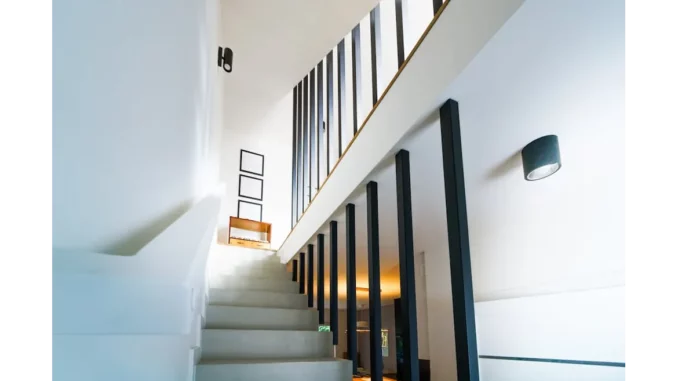
Embarking on a property extension project presents an exciting opportunity to enhance both living space and property value. However, it also introduces a set of regulatory challenges, particularly concerning energy efficiency. Central to these considerations are the Standard Assessment Procedure (SAP) calculations, which are indispensable for ensuring that an extension complies with energy performance standards. This article delves into the nuances of SAP calculations for property extensions, elucidating their necessity and the process involved.
Focus360 Energy offers SAP Calculations services. Find out more.
SAP calculations are not universally required for all extensions. Their necessity often depends on the design specifics, particularly the amount of glazing involved. According to Part L1b of the Building Regulations, new glazing should not exceed 25% of the new floor area. If a design proposal surpasses this threshold, a SAP calculation is mandated to demonstrate that the extension will not adversely affect the building’s overall energy efficiency. Such calculations are pivotal in assessing the Energy Performance Certificate (EPC) rating, a requirement for new constructions and significant modifications to existing structures.
The focus on glazing is critical, given its substantial impact on heat retention. Glazed areas, such as windows and glass doors, generally have higher U-values compared to walls or roofs, which means they permit more heat to escape. Consequently, building regulations impose stringent limits on glazing. However, extensions featuring extensive glass areas can still achieve compliance by compensatory measures. These measures might include enhanced insulation or demonstrating increased solar gains, which can offset potential heat loss.
The SAP calculation process for extensions encompasses several tailored steps, contingent upon the specific project requirements. An initial assessment involves evaluating the basic compliance of the extension’s components with building regulations by examining their U-values. This approach is typically adequate for extensions with minimal glazing. For designs with moderate glazing, a notional extension model is developed. This model adheres to fundamental U-value requirements and glazing limits, and the actual extension is measured against it to establish compliance. In instances where initial assessments are insufficient, a comprehensive SAP calculation of the entire property, including the extension, is performed. This process entails comparing the CO₂ emissions of the actual property to those of a notional property. If discrepancies are found, improvements to other sections of the property may be necessary to achieve regulatory compliance.
Achieving compliance with SAP calculations may require implementing several strategic interventions. Enhancing insulation in walls, roofs, and floors can significantly improve energy efficiency, aiding the extension in passing SAP assessments. Similarly, upgrading to high-performance glazing options can mitigate heat loss, bolstering the extension’s energy performance. Furthermore, leveraging solar gains can also contribute positively; large glass areas can capture solar energy, which may help counterbalance some heat loss. In situations where the extension alone cannot meet compliance standards, improvements to the existing property—such as upgrading heating systems or adding additional insulation—should be considered.
Ultimately, SAP calculations play a crucial role in the planning and execution of property extensions. They ensure that new constructions not only comply with energy efficiency standards but also promote the overall sustainability of the building. By comprehending the requirements and options available, homeowners and builders can adeptly navigate the complexities associated with SAP calculations. This understanding ensures that extensions are constructed in a manner that is both compliant with regulatory standards and optimally energy efficient, contributing to the enhancement of the property’s value and environmental footprint.


Be the first to comment